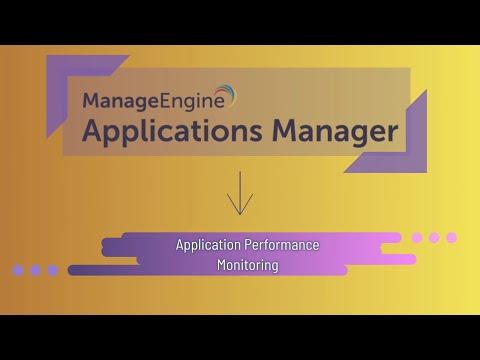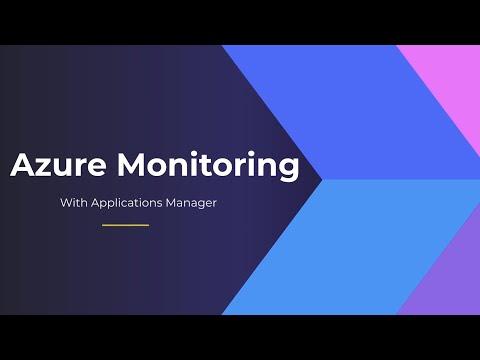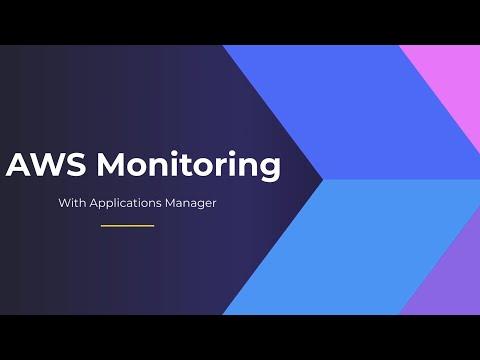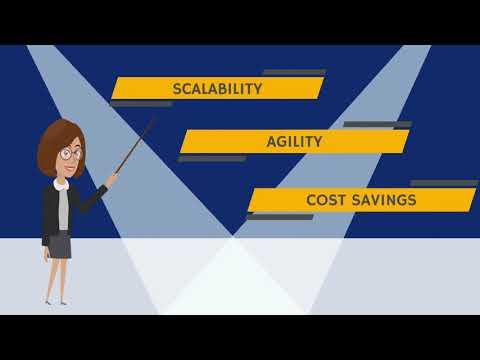The importance of artificial intelligence and machine learning for customer insight, product support, operational efficiency, and capacity planning are well-established, however, the benefits of monitoring data in those use cases is still evolving. Three main factors obscuring the benefits of data monitoring are the infinite volume of data, its diversity, and inconsistency. However, it's these same factors that are fueling a Golden Age of systems monitoring.
1. Data Availability is Increasing
The trend over the last several years has been to collect more data – more than can ever be analyzed by humans. Data monitoring tools, by their very function, are in and of themselves a significant source of data. With the advent of NoSQL databases, optimize-on-read technologies, and the availability of very fast data consumers (influxdb, Opentsdb, Cloudera, etc.), the amount of data from monitoring systems is exploding.
2. Monitoring Data is Diverse
You would think more is better, as is often the case with data. That is what we learned in high school stats class, after all. However, more isn't always better, and in fact, most of the data we gather from monitoring is rather difficult to analyze programmatically. There are many reasons for this such as the complexity of modern IT infrastructures as well as the diversity of data.
Data diversity is an old IT problem. We collect data on network traffic, for example, using SNMP counters in router and switch MIBs. We also use netflow/sflow and do direct packet capture and decoding. So to even answer the question, "Why is the network slow?" we have at least three potential data sources, each with its own collection method, data types, indices, units and formats. It's not impossible to do analysis on the data we collect, but it is hard to gain insight when dealing with what my colleagues and I call "plumbing problems."
3. Monitoring Data is Inconsistent
You would think after all this time monitoring systems there would be a standard for the storage and indexing of metrics for analysis. Well, there is. In fact, there are several (Metrics 2.0, etc.). Yet, we are still dealing with inconsistency across tools in such basic areas as units, time scales, and even appropriate collection methods. With these inconsistencies, sampling data at five minutes vs. five seconds can yield vastly divergent results.
Benefits from Monitoring Data
Despite these issues, we are moving into a Golden Age of analysis. It's clear the most consistent parts of the monitoring data stream such as availability (as determined by health checks, for example) can be mined for very useful data, and used to create easily understood reports. If you combine this with endpoint testing, such as synthetic transactions from an end-user perspective, the picture of availability becomes much clearer and can be used to effectively manage SLAs.
Delving a level or two deeper, measurements of resource consumption over time can reveal trends that help with capacity planning and cost prediction. Time series analysis of sets of data that are consistent can reveal bottlenecks and even begin to point the way to root cause analysis, though we are still far away from automating this aspect.
The Future of Data Monitoring
There's a revolution in monitoring data with the advent of the cloud. We are suddenly able to gather a lot of data on the availability and performance of nearly every aspect of our systems that we run in the cloud.
In fact, as far as APIs go, there are even services that will consume all of your application traffic and analyze it for you, opening the possibility of dynamic tracing of transactions through your systems. If you are going cloud-native, you can take advantage of this area of unprecedented completeness and consistency of data, with minimal "plumbing" to worry about.
However, expect your job to get both easier and harder. Easier, since you will have more data, and sophisticated systems to analyze it. These systems and data it produces are becoming more homogeneous with cloud technologies and more consistent as the monitoring industry settles on standards. This will provide you better data for the systems you buy to analyze.
It will also be harder. When your systems fail, you won't easily find the data needed to fix things yourself. Similar to your cloud vendor, your monitoring system will be a complex and powerful toolset that will need time to learn, and you will absolutely be reliant on your providers for their expertise in its finer points.
Despite these challenges, the potential impact of effective data monitoring is significant. Effective data monitoring can help reduce outage and availability issues, support capacity planning, optimize capital investment, and help maintain productivity and profitability across an entire IT infrastructure. As IT systems become increasingly more complex, data monitoring becomes increasingly more vital.
The Latest
In MEAN TIME TO INSIGHT Episode 11, Shamus McGillicuddy, VP of Research, Network Infrastructure and Operations, at EMA discusses Secure Access Service Edge (SASE) ...
On average, only 48% of digital initiatives enterprise-wide meet or exceed their business outcome targets according to Gartner's annual global survey of CIOs and technology executives ...
Artificial intelligence (AI) is rapidly reshaping industries around the world. From optimizing business processes to unlocking new levels of innovation, AI is a critical driver of success for modern enterprises. As a result, business leaders — from DevOps engineers to CTOs — are under pressure to incorporate AI into their workflows to stay competitive. But the question isn't whether AI should be adopted — it's how ...
The mobile app industry continues to grow in size, complexity, and competition. Also not slowing down? Consumer expectations are rising exponentially along with the use of mobile apps. To meet these expectations, mobile teams need to take a comprehensive, holistic approach to their app experience ...
Users have become digital hoarders, saving everything they handle, including outdated reports, duplicate files and irrelevant documents that make it difficult to find critical information, slowing down systems and productivity. In digital terms, they have simply shoved the mess off their desks and into the virtual storage bins ...
Today we could be witnessing the dawn of a new age in software development, transformed by Artificial Intelligence (AI). But is AI a gateway or a precipice? Is AI in software development transformative, just the latest helpful tool, or a bunch of hype? To help with this assessment, DEVOPSdigest invited experts across the industry to comment on how AI can support the SDLC. In this epic multi-part series to be posted over the next several weeks, DEVOPSdigest will explore the advantages and disadvantages; the current state of maturity and adoption; and how AI will impact the processes, the developers, and the future of software development ...
Half of all employees are using Shadow AI (i.e. non-company issued AI tools), according to a new report by Software AG ...
On their digital transformation journey, companies are migrating more workloads to the cloud, which can incur higher costs during the process due to the higher volume of cloud resources needed ... Here are four critical components of a cloud governance framework that can help keep cloud costs under control ...
Operational resilience is an organization's ability to predict, respond to, and prevent unplanned work to drive reliable customer experiences and protect revenue. This doesn't just apply to downtime; it also covers service degradation due to latency or other factors. But make no mistake — when things go sideways, the bottom line and the customer are impacted ...
Organizations continue to struggle to generate business value with AI. Despite increased investments in AI, only 34% of AI professionals feel fully equipped with the tools necessary to meet their organization's AI goals, according to The Unmet AI Needs Surveywas conducted by DataRobot ...







